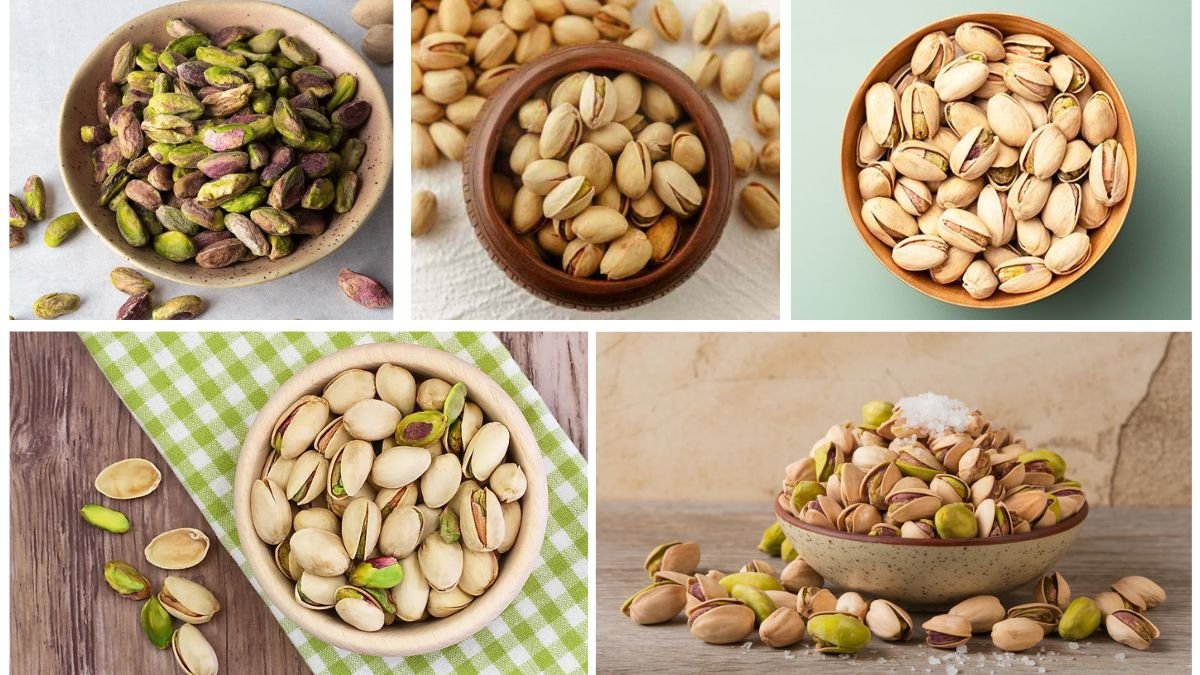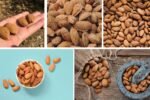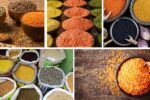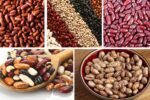Pistachios are one of the most celebrated nuts in the world, prized for their unique flavor, crunchy texture, and health benefits. From snacking to baking, confectionery, and culinary dishes, pistachios have become a staple in diets globally. But which country leads the world in pistachio production?
This article explores global pistachio production, the leading producing countries, cultivation techniques, economic significance, challenges, and the future of this important nut crop.
The Global Importance of Pistachios

Pistachios are not just a tasty snack—they hold significant economic, nutritional, and cultural value:
- Nutritional Value – Rich in protein, fiber, antioxidants, vitamins, and healthy fats, pistachios promote heart health, weight management, and overall wellness.
- Economic Contribution – Pistachio cultivation supports millions of farmers worldwide and contributes significantly to rural economies.
- Culinary Versatility – Used in desserts, pastries, ice cream, sauces, and as roasted snacks, pistachios have a wide culinary application.
- Global Trade – Pistachios are a major agricultural export, especially for countries with suitable climates, fueling economic growth.
Pistachio trees (Pistacia vera) thrive in semi-arid, Mediterranean-type climates with long, hot summers and cold winters. They require well-drained soils and low humidity to reduce disease incidence and ensure high-quality nut production.
Global Pistachio Production Overview
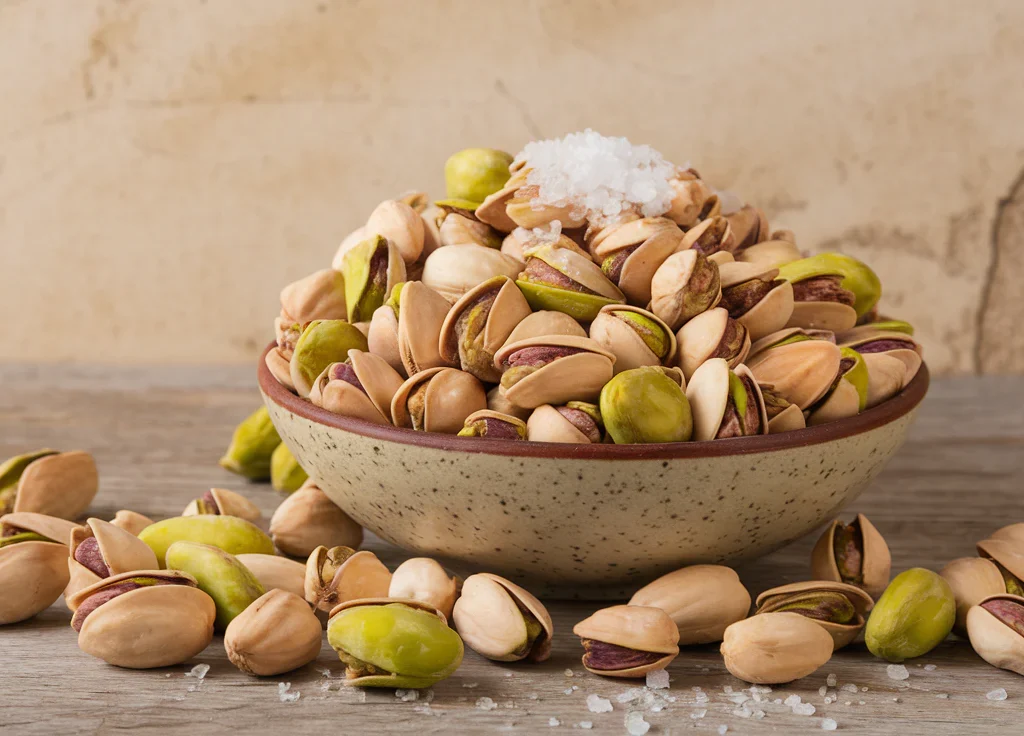
According to the Food and Agriculture Organization (FAO), global pistachio production exceeds 1 million metric tons annually, with production concentrated in countries with arid or semi-arid climates.
The top pistachio-producing countries include:
- Iran
- United States
- Turkey
- Syria
- Greece
Among these, Iran consistently ranks as the world’s top pistachio producer, supplying a substantial share of the global market.
Iran – The World’s Leading Pistachio Producer
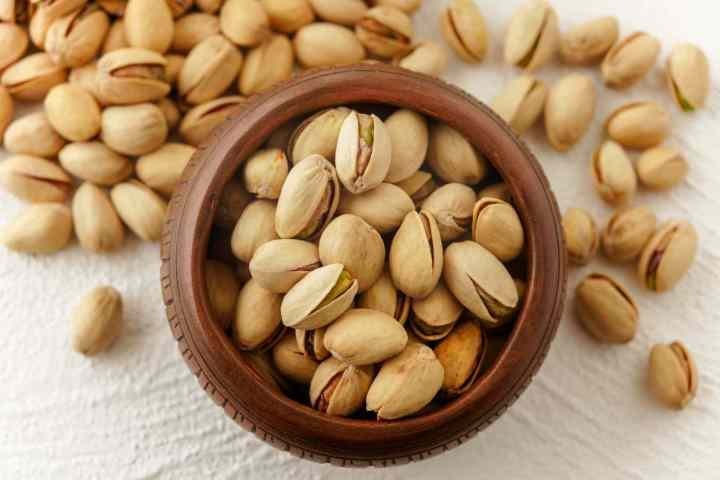
Iran produces approximately 300,000–350,000 metric tons of pistachios annually, accounting for nearly 50% of global production.
Why Iran Leads
- Ideal Climate and Geography – Regions such as Kerman, Yazd, and Fars provide hot, dry summers and cold winters, perfect for pistachio growth.
- Large Cultivation Area – Iran has vast pistachio orchards, with smallholder farms and commercial plantations contributing to production.
- Export-Oriented Market – Iranian pistachios are exported worldwide, especially to Europe, Asia, and the Middle East.
- Traditional Knowledge and Expertise – Centuries of cultivation have provided expertise in pruning, harvesting, and processing for optimal yield and quality.
Economic Significance
- Rural Livelihoods – Pistachio farming supports hundreds of thousands of smallholder farmers across Iran.
- Export Revenue – Pistachios are one of Iran’s top agricultural exports, generating significant foreign exchange.
- Industrial Applications – Pistachios are used in snacks, confectionery, ice cream, pastries, and pistachio oil production.
Challenges
Despite Iran’s dominance, the pistachio industry faces:
- Water Scarcity – Pistachio trees require deep irrigation, and water shortages can impact production.
- Pests and Diseases – Aphids, moths, and fungal infections affect yield.
- Sanctions and Trade Restrictions – Economic sanctions have periodically impacted Iran’s export capacity and market access.
Iran’s combination of ideal climate, traditional expertise, and global demand ensures its leadership in pistachio production.
United States – California Pistachio Industry
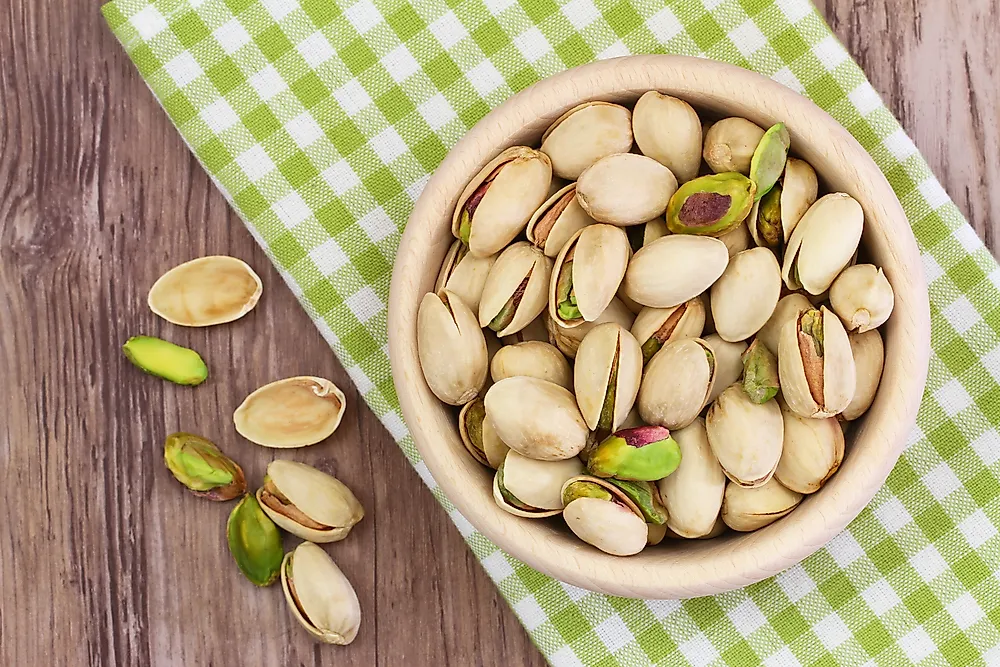
The United States produces around 120,000–130,000 metric tons annually, ranking second globally.
Key Features
- Major Growing Regions – California’s Central Valley, particularly Kern, Fresno, and Madera counties, is the heart of U.S. pistachio cultivation.
- Modern Irrigation and Mechanization – U.S. producers use advanced irrigation systems and mechanized harvesting to ensure high-quality nuts.
- Export Market Focus – A significant portion of U.S. pistachios is exported to Europe, Asia, and North America.
Economic Significance
- Employment – Pistachio farming, processing, and distribution provide jobs for thousands of workers.
- Export Revenue – The United States is one of the largest exporters of processed pistachios, generating billions in revenue annually.
- Quality Control – U.S. pistachios are known for their uniform size, color, and flavor, enhancing global competitiveness.
Challenges
- Water Management – Pistachio orchards are water-intensive in a drought-prone region.
- Pest Control – Insects, birds, and fungal diseases require careful management.
- Climate Sensitivity – Frost, heatwaves, and irregular rainfall can affect flowering and nut set.
The U.S. industry combines technology, quality, and global market access to maintain its position as a top producer.
Turkey – Expanding Pistachio Production

Turkey produces around 40,000–50,000 metric tons annually, ranking third globally.
Highlights
- Major Growing Regions – Gaziantep, Şanlıurfa, and Siirt are key pistachio-producing provinces.
- Traditional Cultivation – Turkish pistachios are famous for their unique flavor and are widely used in baklava and local desserts.
- Export and Domestic Use – Pistachios are consumed locally and exported to Europe, the Middle East, and Asia.
Economic Significance
- Cultural and Culinary Value – Pistachios are a key ingredient in traditional sweets, desserts, and snacks.
- Employment and Rural Livelihoods – Pistachio orchards provide income for farmers in southeastern Turkey.
Challenges
- Climate Sensitivity – Pistachio yields are affected by frost, heatwaves, and irregular rainfall.
- Market Competition – Turkey faces competition from Iran and the U.S. in international markets.
Turkey’s pistachio industry thrives on tradition, flavor, and export-oriented cultivation.
Syria – Traditional Pistachio Producer
Syria produces around 25,000–30,000 metric tons annually, ranking fourth globally.
Key Features
- Major Growing Regions – Aleppo, Idlib, and Deir ez-Zor provinces are traditional cultivation areas.
- Variety and Taste – Syrian pistachios are known for their distinct flavor, making them popular in local and international markets.
Economic Significance
- Rural Livelihoods – Pistachio farming supports communities in northeastern Syria.
- Culinary Use – Syrian pistachios are used in traditional sweets, pastries, and confectionery.
Challenges
- Conflict and Instability – Political instability and conflict have disrupted farming, processing, and trade.
- Climate and Water Scarcity – Limited irrigation affects yields and tree health.
Syria’s pistachio production, though impacted by challenges, remains a significant contributor to global supply.
Greece – Mediterranean Pistachio Contributor
Greece produces around 15,000–20,000 metric tons annually, ranking fifth globally.
Highlights
- Major Growing Regions – Aegina, Drama, and Thessaly are key pistachio-producing areas.
- Export-Oriented Production – Greek pistachios, especially the Aegina variety, are prized in European markets.
- Culinary Specialty – Used in sweets, confectionery, and gourmet cooking.
Challenges
- Climate Variability – Frost, drought, and irregular rainfall can reduce yields.
- Limited Orchard Size – Most Greek pistachio farms are small-scale and fragmented.
Greece maintains a niche but high-quality position in the global pistachio market.
Global Pistachio Trade
Pistachios are a high-value export commodity with increasing demand worldwide.
Major Exporters
- Iran
- United States
- Turkey
- Syria
- Greece
Major Importers
- European Union
- India
- China
- United States (for processing and snack consumption)
- Japan
The global pistachio market is valued at over $5 billion annually, reflecting both economic significance and rising consumer demand.
Challenges Facing Global Pistachio Production
- Water Scarcity – Pistachios require deep irrigation, making water availability crucial.
- Pests and Diseases – Aphids, moths, and fungal infections affect yield and quality.
- Climate Change – Extreme temperatures, frost, and irregular rainfall threaten flowering and nut development.
- Labor-Intensive Harvesting – Harvesting pistachios requires skill to maintain quality.
- Market Volatility – Price fluctuations can affect farmer income and trade stability.
Sustainable irrigation, integrated pest management, and modern harvesting technology are essential for maintaining production.
The Future of Pistachio Production
With increasing global demand for healthy snacks and nuts, pistachio production is poised for growth.
Key Trends
- Sustainable Cultivation – Organic farming, water-efficient irrigation, and integrated pest management are gaining prominence.
- Technological Innovation – Mechanized harvesting, improved orchard management, and disease-resistant varieties enhance yield.
- Value Addition – Pistachio oil, flour, snacks, and confectionery products increase economic potential.
- Global Market Expansion – Rising demand in Europe, North America, and Asia fuels production growth.
These trends ensure pistachios remain a critical agricultural commodity for nutrition, trade, and rural livelihoods.
Conclusion
So, which country is the world’s top pistachio producer? The answer is Iran, producing approximately 300,000–350,000 metric tons annually, followed by the United States, Turkey, Syria, and Greece. Iran’s ideal climate, extensive orchards, traditional expertise, and strong export orientation secure its position as the global leader.
Pistachios are more than just a snack—they are a source of livelihood, a nutritious food, and a significant contributor to international trade. Sustainable cultivation, technological innovation, and adaptation to climate challenges will shape the future of global pistachio production.
